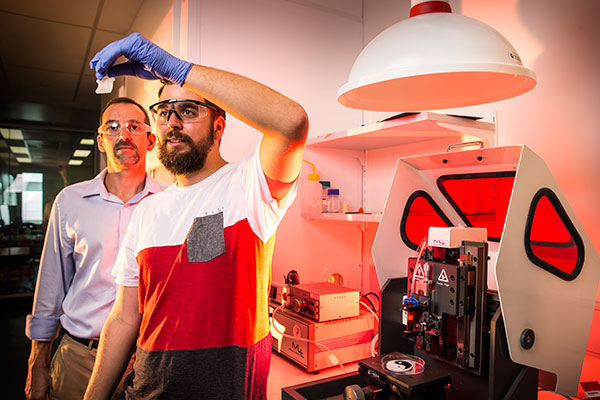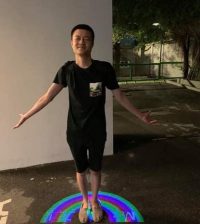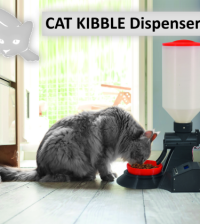- How to Adjust X and Y Axis Scale in Arduino Serial Plotter (No Extra Software Needed)Posted 2 months ago
- Elettronici Entusiasti: Inspiring Makers at Maker Faire Rome 2024Posted 2 months ago
- makeITcircular 2024 content launched – Part of Maker Faire Rome 2024Posted 4 months ago
- Application For Maker Faire Rome 2024: Deadline June 20thPosted 6 months ago
- Building a 3D Digital Clock with ArduinoPosted 10 months ago
- Creating a controller for Minecraft with realistic body movements using ArduinoPosted 11 months ago
- Snowflake with ArduinoPosted 11 months ago
- Holographic Christmas TreePosted 12 months ago
- Segstick: Build Your Own Self-Balancing Vehicle in Just 2 Days with ArduinoPosted 12 months ago
- ZSWatch: An Open-Source Smartwatch Project Based on the Zephyr Operating SystemPosted 1 year ago
4D printing: time evolving prints from Australia
Australian university of Wollogong discovered the 4D printing, i.e. the introduction of “time dimension” on a 3D printing. The objects printed are capable of changing their shape dynamically according to external stimulus like temperature, humidity, etc.
Here is the press release:
The fourth dimension is time, shape shifting in fact, and the ARC Centre of Excellence for Electromaterials Science (ACES) at the University of Wollongong (UOW) is helping to set the pace in the next revolution in additive manufacturing.
Just as the extraordinary capabilities of 3D printing have begun to infiltrate industry and the family home, researchers have started to develop 3D printed materials that morph into new structures, post production, under the influence of external stimuli such as water or heat – hence the name, 4D printing.
So, as in 3D printing, a structure is built up layer by layer into the desired shape, but these new materials are able to transform themselves from one shape into another, much like a child’s Transformer toy.
This ground-breaking science promises advancement in myriad fields – medicine, construction, automation and robotics to name a few.
ACES researchers have turned their attention to the medical field of soft robotics, manufacturing a valve that actuates in response to its surrounding water’s temperature.
ACES Professor Marc in het Panhuis said it was the cleverness of the valve’s creation that was remarkable.
“The cool thing about it is, is it’s a working functioning device that you just pick up from the printer,” he said. “There’s no other assembly required.”
The materials scientist said the valve, a 3D printed structure, possessed actuators that are activated solely by water.
“So it’s an autonomous valve, there’s no input necessary other than water; it closes itself when it detects hot water,” he said.
The ACES Chief Investigator said the ACES group was the first to combine printing a 4D device with four different cartridges simultaneously, while using tough gels with the incorporated actuating materials.
Authors Shannon Bakarich (PhD candidate), Doctor Robert Gorkin III, Professor Marc in het Panhuis and Professor Geoff Spinks have published the work in Macromolecular Rapid Communications under the title ‘4D Printing with Mechanically Robust, Thermally Actuating Hydrogels‘.
Professor in het Panhuis will share his research at Big Ideas, a free public event at UOW in August.
Source: 4D printing to rewrite book on cool tech – News & Media @ UOW















